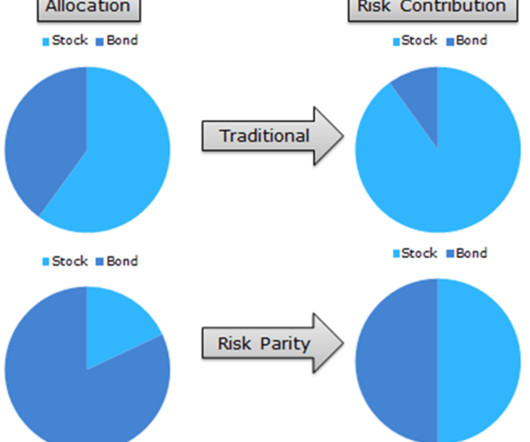Inside Nasdaq’s AI-fueled pivot to SaaS provider
CIO Business Intelligence
SEPTEMBER 14, 2023
Nasdaq, which went public in 2005, employs 7,000, roughly 3,000 of which are devoted to its massive IT organization, which develops an expanding range of technology products, including the trading system, security and surveillance software, and, increasingly, SaaS. We’ve become the Salesforce or Workday for the financial industry,” he says.













Let's personalize your content